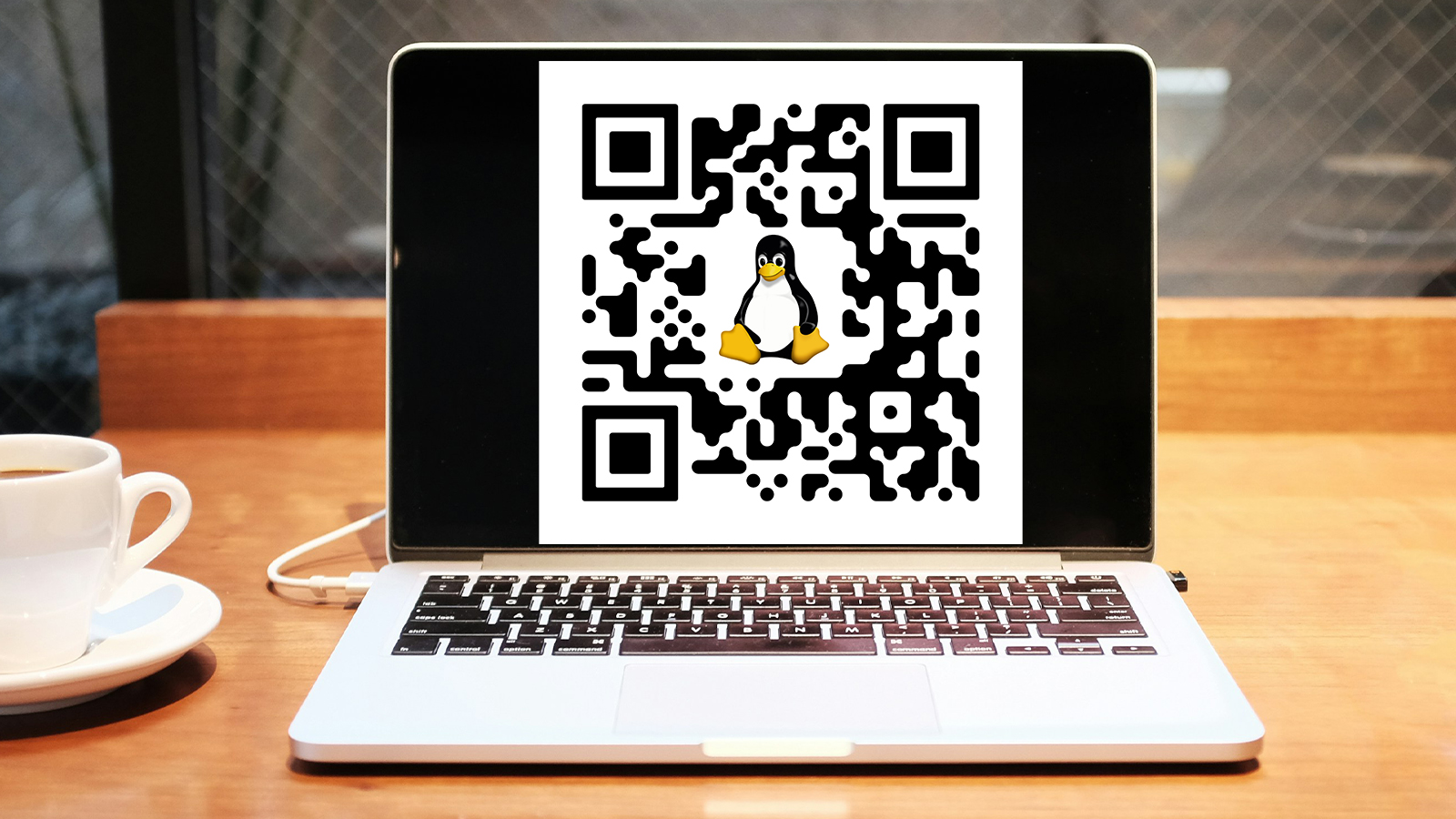
QR codes during kernel panics could soon be coming in version 6.12 of the Linux Kernel. This interesting optional feature will see kernel panics now show a QR code of the kernel message. This isn’t the first time that Linux received a QR code. In 2014, there was talk of adding QR codes into kernel panics. Linux also saw its own "BSOD with a QR code" via version 255 of systemd, a Linux management system, added this feature. However, the optional QR code display on Linux 6.12 adds it directly to Linux kernel, so even if a complete operating system crash were to occur, you would still receive a QR code so you can find out in detail what caused the problem. You can see this feature in the latest Linux Kernel documentation, where you would find ‘optionally display QR code’ listed under ‘panic’.
The kernel panic QR code is a powerful and important tool for figuring out what caused the panic, especially as the current kernel panic screen tends to cut-off the kernel panic message. By adding a QR code, one could just grab their phone and scan the QR code to review the log and see what triggered the panic.
Microsoft has already added a QR code to the Windows BSOD in 2016. But if you scan that code, you will only go to the generic ‘Resolving Blue Screen errors in Windows’ support page, and you won’t get any further details. Instead, you’ll be given instructions to open your PC again, launch the Get Help app, and then type Troubleshoot BSOD error. While this helps you determine the issue in your computer, it would be of little or no use if you experienced the BSOD error every time you booted your computer and now you can’t log into Windows.
On the other hand, Linux 6.12’s kernel panic QR code will give you more in-depth and useful information. So, even if your Linux PC refuses to open anymore and you’re always hit with a kernel panic, you can just scan the QR code to see what’s wrong with the PC. This would make troubleshooting more user friendly, and it would also make it easier for developers and end users to work together when trying to fix a deeper issue.
Linux is an open-source operating system used by many enthusiasts around the globe. Popular distros (Linux distributions) include Debian, Ubuntu, Fedora Manjaro but there are thousands of distros to choose from. Even Valve's Steam Deck uses Linux. A software engineer introduced a Linux kernel patch in early August that shaves off 0.035 seconds from the boot time. Although Windows still continues to dominate the operating system market share, this level of passion and enthusiasm for the Linux OS has allowed to grow throughout the years, with its global market share now approaching 4.5%.
Linux is slowly becoming a more mainstream choice of operating system. It can be used for gaming with Steam OS and Chimera OS. Or it can be used for serious work in data science, IT infrastructure and cyber security.







